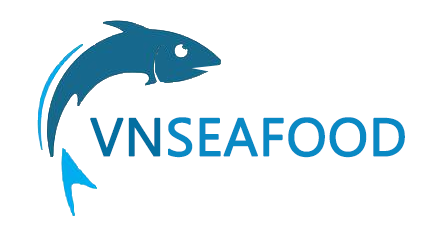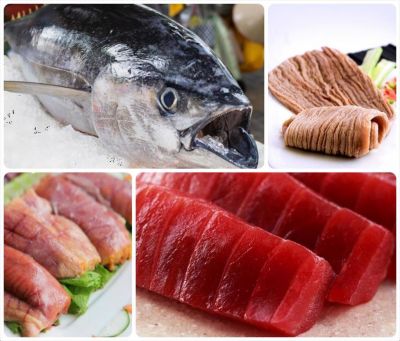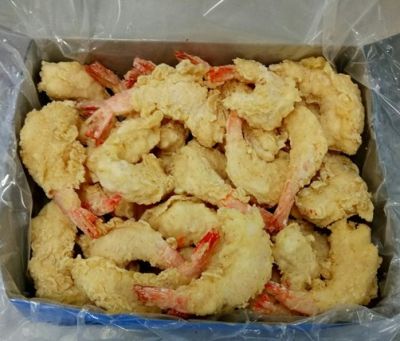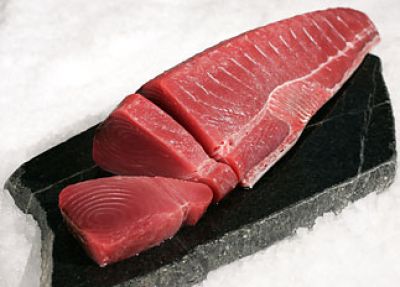As of the end of April 2025, Vietnam’s shrimp export turnover reached over USD 1.3 billion, a 34% increase compared to the same period last year.
This result was due to strong growth across all major shrimp import markets for Vietnam. The “countervailing duty storm” from the US significantly impacted Vietnam's shrimp export turnover in April, as exporters rushed to boost shipments to the US during the temporary tariff suspension. Growth in Japan, the EU, South Korea, Australia, the UK, Taiwan, and Switzerland also reflects a shift in market focus by shrimp exporters amid fears of US trade barriers.
China – A Big Opportunity, but Caution Needed
With a value of USD 389 million (up 103%) in the first four months of the year, China & Hong Kong was Vietnam’s largest shrimp market, accounting for nearly 30% of total shrimp exports. The triple-digit growth came mainly from a surge in Vietnam's lobster sales to China.
Recently, China released its 2025–2030 Guidelines for Food and Nutrition Development, emphasizing the improvement of diet quality through protein-rich foods. These guidelines not only highlight the role of protein but also propose policies to increase the consumption of fish and seafood—including integrating these items into school meal programs. This change could significantly boost seafood demand, including shrimp. In the long term, China is expected to increase imports of moderately priced products such as pangasius and small-to-medium-sized shrimp.
In 2023, China imported 4.67 million tons of seafood—its highest level ever—and maintained a high level of 4.5 million tons in 2024. For shrimp alone, China remained the world’s largest importer, with over 1.1 million tons in 2023 and more than 1 million tons in 2024.
However, in the short term, demand for frozen warm-water shrimp in China has been stagnant, even from its two largest suppliers—Ecuador and India. According to Chinese customs data, imports of frozen warm-water shrimp reached 70,067 tons, worth USD 356 million in April 2025, up 5% in volume and 6% in value year-on-year. For the first four months, China imported 269,689 tons worth USD 1.45 billion, down 9% in volume but up 1% in value, with average prices rising 11% to USD 5.36/kg.
This is due to China’s sluggish economy, rising domestic shrimp production, and increased competition from other popular seafood items in Chinese cuisine. Consumer behavior in China also remains unstable and sensitive to macroeconomic pressures.
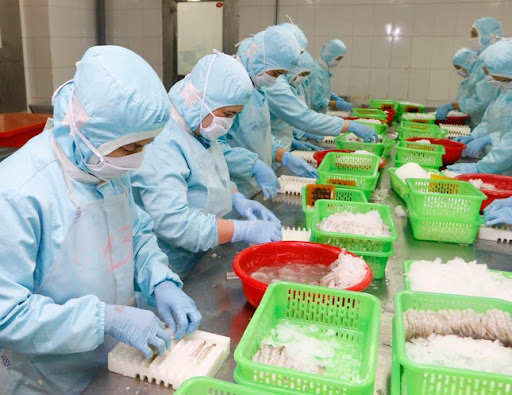
US – Growth Due to “Tax Sprint,” but Sustainability Uncertain
Shrimp exports to the US reached USD 193 million in the first four months of the year, up 15%. In April alone, exports to the US grew 25%, mainly due to a rush of deliveries during the temporary tax suspension. However, whether this momentum can be sustained depends on the final decision from the US on its trade policy.
Currently, exporters to the US are focusing on fulfilling previously signed orders. Some are holding off, while others continue signing new contracts with clauses accounting for possible tariff changes. Others are shifting their focus to European and Asian markets, reviving ties with old clients, and cutting production costs.
Several scenarios have been proposed regarding US countervailing duties on Vietnamese shrimp. Competing exporters like Ecuador, India, Bangladesh, and Thailand may face lower duties after negotiations. For instance, Bangladesh faces 37%, Thailand 36%, India 26%, and Ecuador only 10%, compared to Vietnam’s current 46%. If those countries are ultimately taxed at less than 20%, Vietnam's shrimp could lose market share and competitiveness in the US.
Nevertheless, there is hope that Vietnam-US negotiations will yield positive results. Vietnam is gradually meeting US demands, including reducing tariff and non-tariff barriers, improving origin fraud controls, adopting flexible exchange rates, and protecting intellectual property rights.
EU – A Stable Market with Limited Price Fluctuations
With export value reaching USD 152 million (up 28%), the EU accounted for 11.7% of total shrimp exports and continues to be a key market amid US trade tensions.
A noteworthy trait of this market is its stability, mostly due to the consumer trend of home shrimp consumption, which is less affected by restaurant service fluctuations and price volatility.
The recent Barcelona Seafood Expo in May also helped boost demand. Vietnam’s national pavilion, with participation from 28 enterprises, highlighted efforts to promote products and diversify markets—mitigating reliance on major markets facing trade barriers. The EU remains a stable pillar for shrimp exports, even if growth is modest.
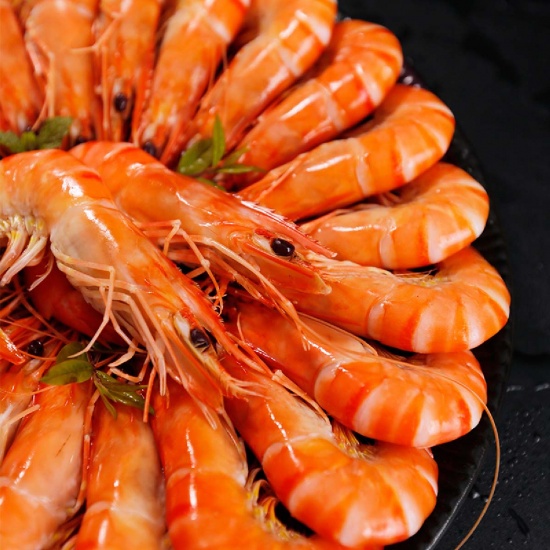
Japan – Time to Refresh Market Strategy
Shrimp exports to Japan reached USD 169 million (up 20%), continuing a steady upward trend since the start of the year. Japanese consumers value consistent, high-quality products, though competition from other suppliers is intensifying.
Given US tariff challenges, Japan deserves more attention. Vietnamese businesses should revamp their approach by investing in value-added processing, developing “Japan-standard” product lines, and strengthening brand communication.
Despite the positive rebound in shrimp exports during the first four months of the year, uncertainties remain. Strategic restructuring—focusing on diversifying export markets, product lines, and enhancing value-added offerings—will help mitigate risks.
Enterprises should proactively target potential markets with tariff advantages, especially by leveraging free trade agreements such as EVFTA, CPTPP, and RCEP to expand exports to the EU, Japan, and South Korea. Exploring emerging markets like the Middle East and South America can also help distribute risk and reduce dependency on a few large markets, while considering opportunities in the domestic market.
Moves by competing countries may also offer strategic insights. For example, Ecuador’s vertically integrated model—where processors acquire shrimp farms to stabilize supply chains and improve efficiency—has enhanced their global competitiveness. They are also investing in production technology, branding, and global promotion of Ecuadorian shrimp.
